- Have any questions?
- +86-189 8930 5995
- sales@mosinterchem.com.cn
Glucono Delta Lactone CAS 90-80-2

Acrylamide CAS 79-06-1
18/12/2018
4-Tert-Butylphenol CAS 98-54-4
18/12/2018| Model: | MOS90-80-2 |
| Brand Name: | MOSINTER |
| CAS No.: | 90-80-2 |
| molecular formula: | C6H10O6 |
| molecular weight: | 178.14 |
| Melting point: | 160 °C (dec.)(lit.) |
| refractive index: | 63.5 ° (C=10, H2O) |
| density: | 0.6 |
| specific rotation: | 65 º (c=1,H2O) |
| storage condition: | Refrigerator |
| soluble: | 500 g/L (20 ºC) |
Glucono Delta Lactone (CAS: 90-80-2)
| Item | Index |
| Appearance | White crystal or crystalline powder |
| Odor | Almost odorless |
| Melting point | 160 °C (dec.)(lit.) |
| Density | 0.6 |
Glucono delta-lactone (GDL), also known as gluconolactone, is a food additive with the
E number E575 used as asequestrant, an acidifier, or a curing, pickling, or leavening agent.
It is a lactone (cyclic ester) of D-gluconic acid. Pure GDL is a white odorless crystalline powder.
GDL is commonly found in honey, fruit juices, personal lubricants, and wine . GDL is neutral,
but hydrolyses in water to gluconic acid which is acidic, adding a tangy taste to foods, though
it has roughly a third of the sourness of citric acid. It is metabolized to glucose; one gram of GDL
yields roughly the same amount of metabolicenergy as one gram of sugar.
Upon addition to water, GDL is partially hydrolysed to gluconic acid, with the balance between the
lactone form and the acid form established as a chemical equilibrium. The rate of hydrolysis of
GDL is increased by heat and high pH.
The yeast Saccharomyces bulderi can be used to ferment gluconolactone to ethanol and carbon
dioxide. The pH value greatly effects culture growth. Gluconolactone at 1 or 2% in a mineral media
solution causes the pH to drop below 3.
You must be logged in to post a review.

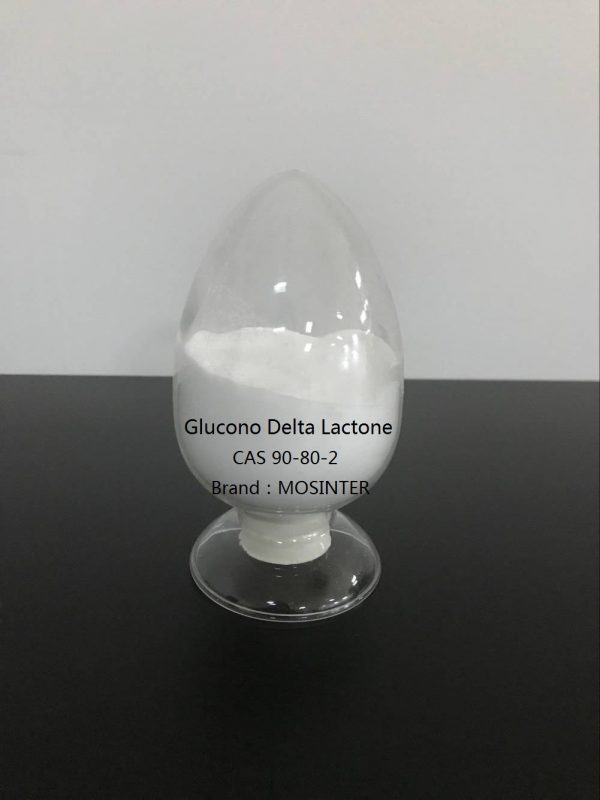
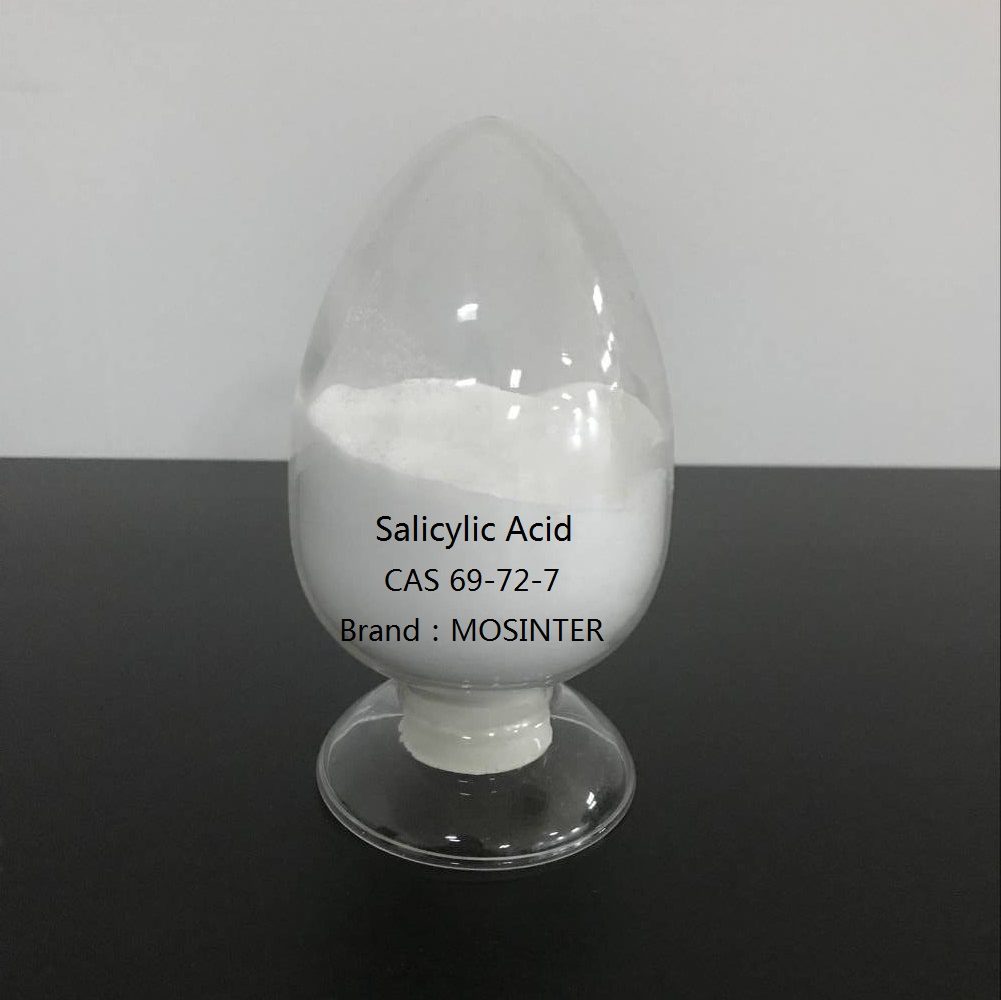
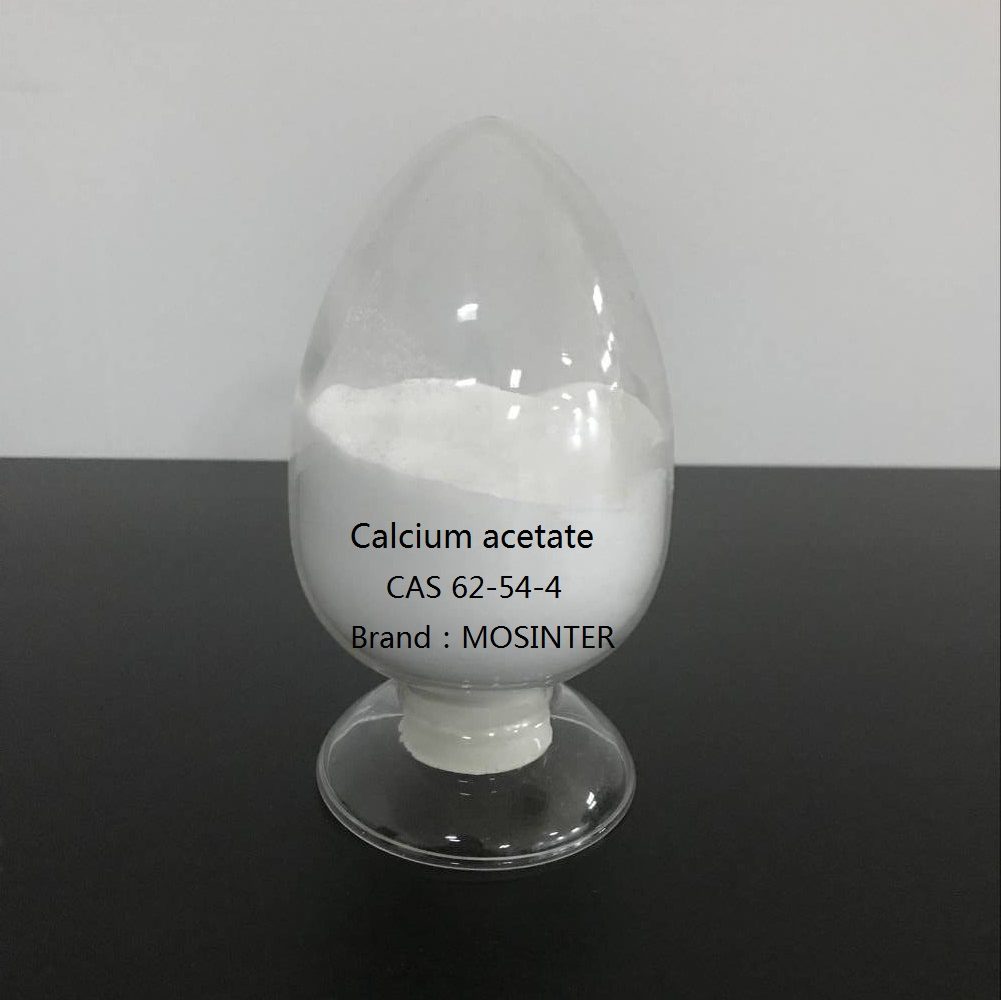
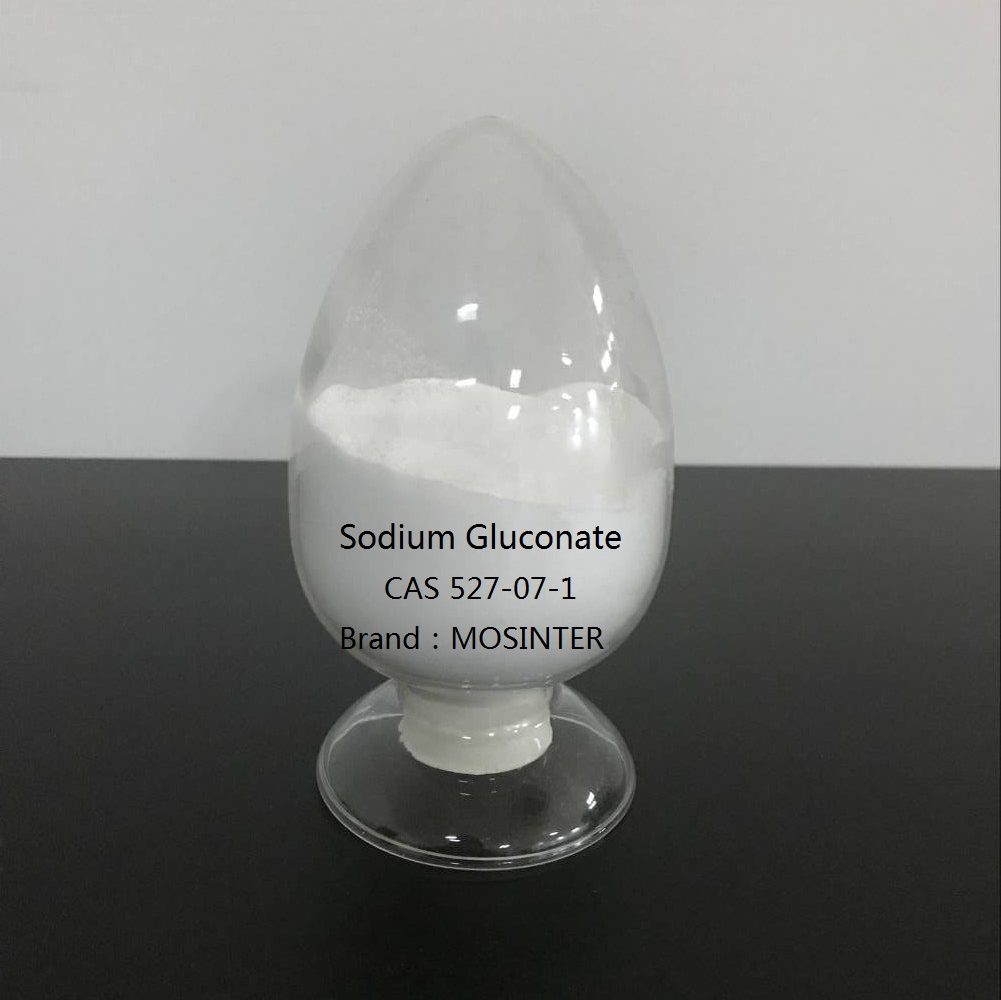
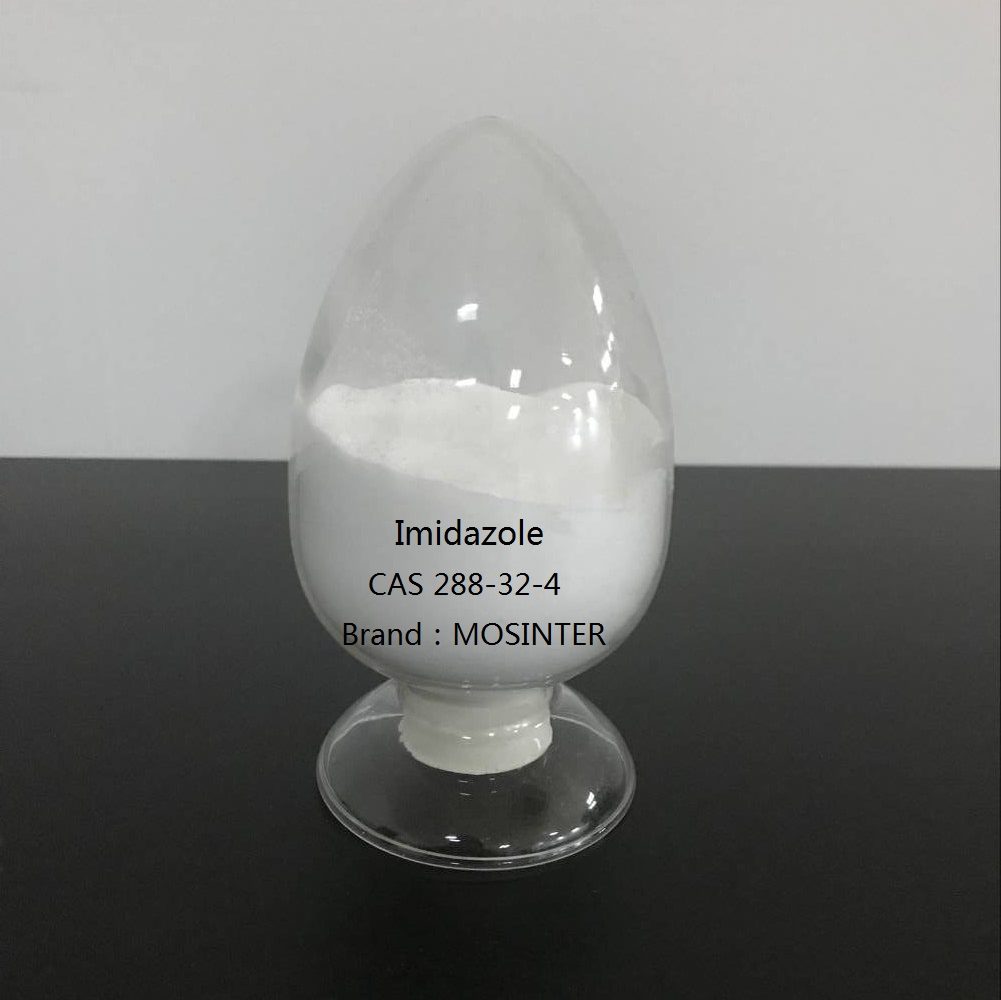
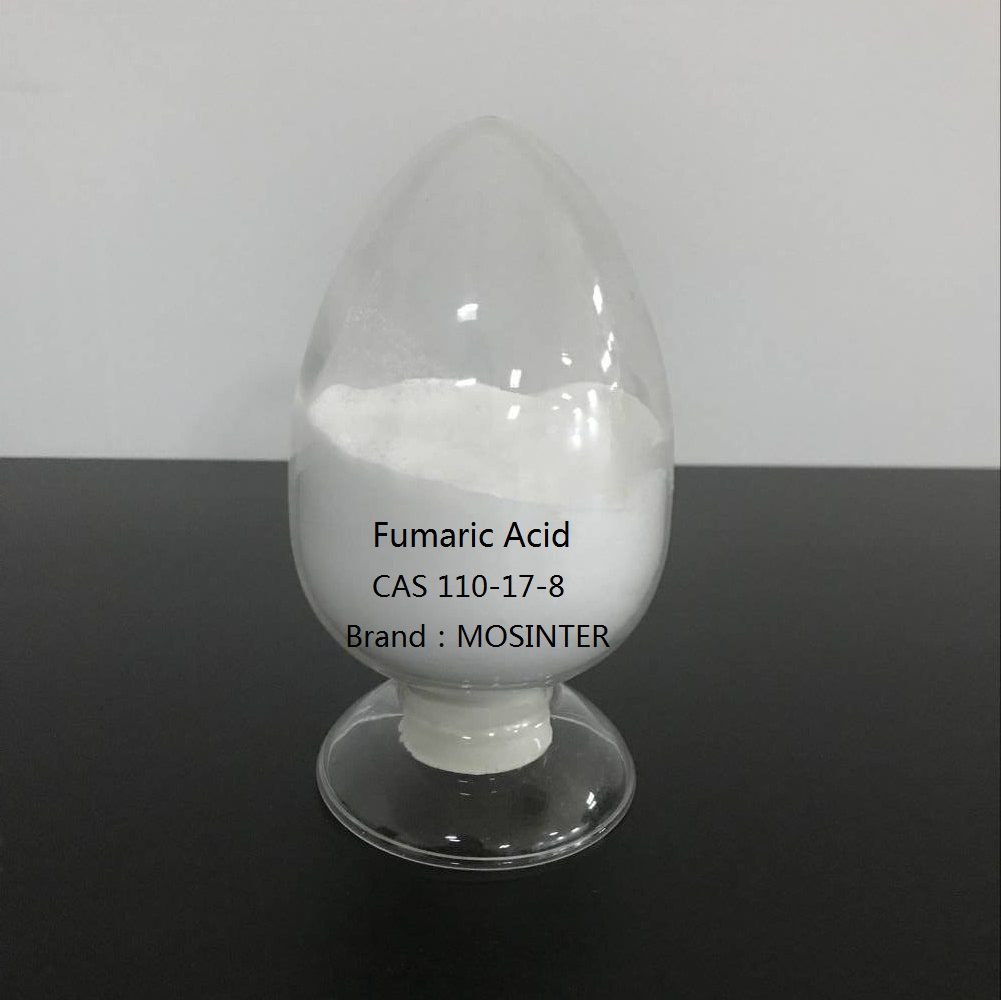
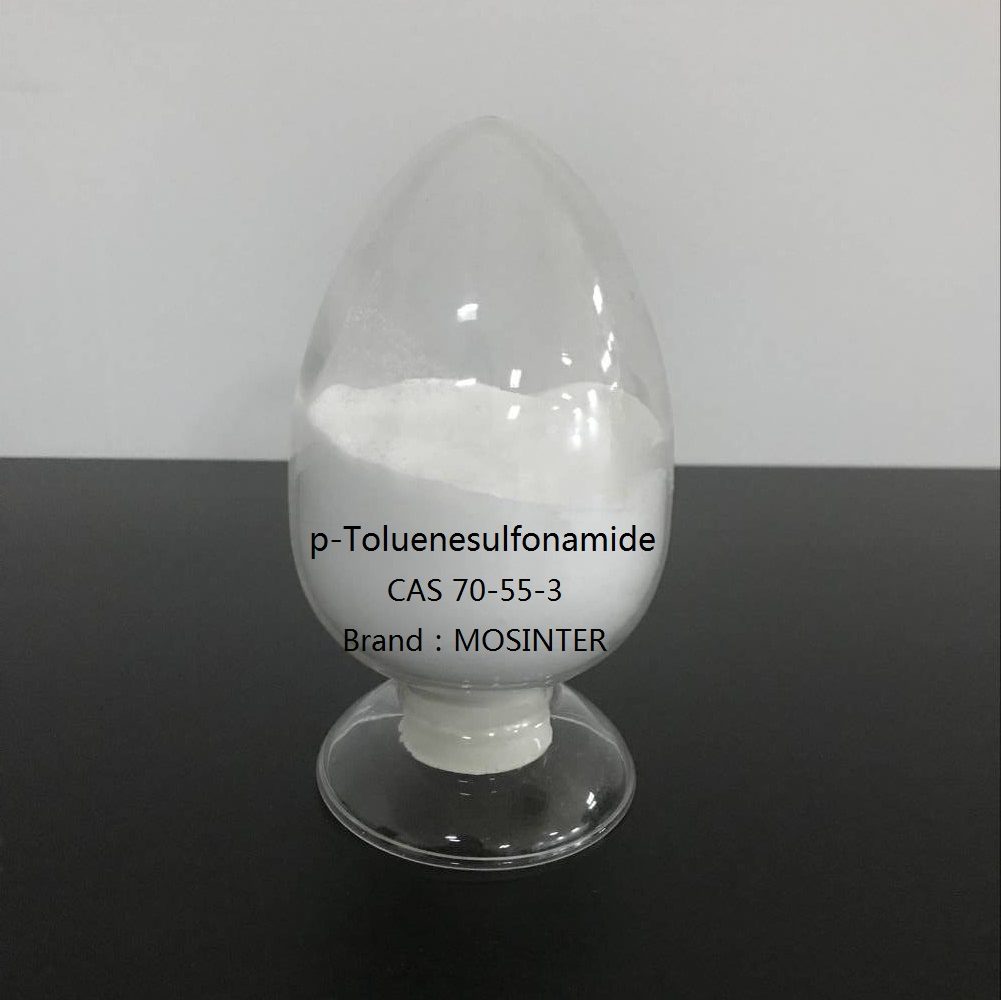
Reviews
There are no reviews yet.